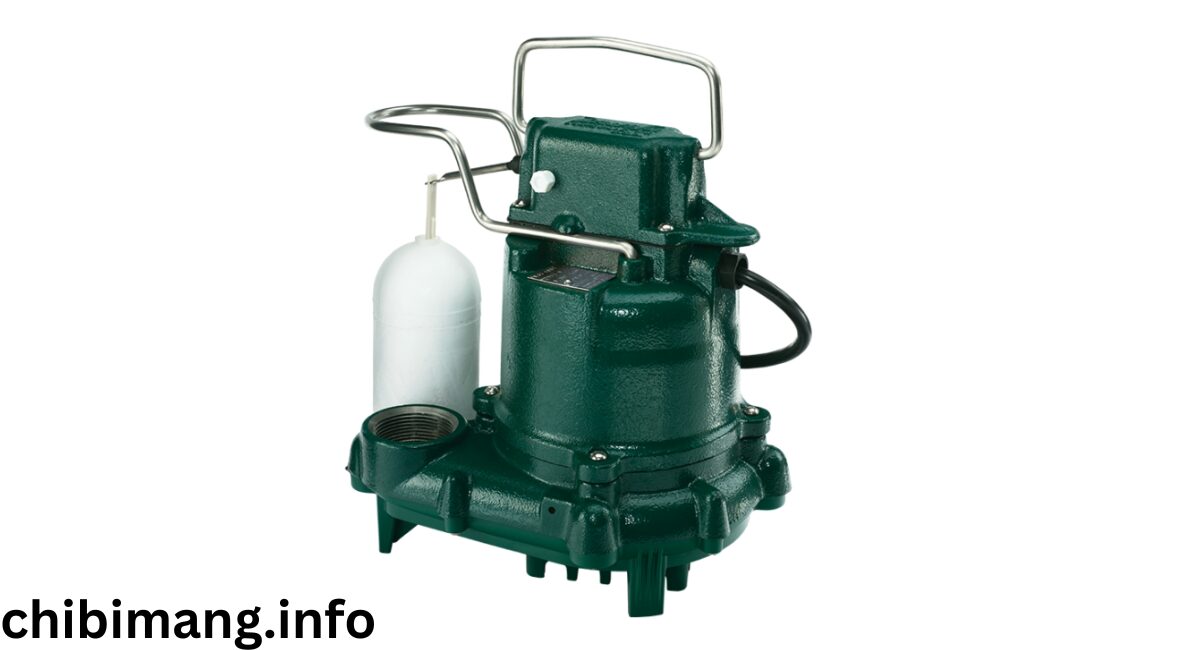Sump pumps are crucial devices that protect your home from water damage by preventing basement flooding. This comprehensive guide covers everything you need to know about sump pumps, from the types available to installation and maintenance tips. By the end of this article, you’ll be well-equipped to choose, install, and maintain the right sump pump for your needs.
I. Introduction
What is a Sump Pump?
A sump pump is a device designed to remove accumulated water from a sump basin, typically found in the basements of homes. It helps keep the area dry and prevents flooding by pumping out water that has entered the basin and discharging it away from the home.
Why Are Sump Pumps Important?
Sump pumps play a vital role in protecting your home from water damage. They are particularly important in areas prone to heavy rainfall or flooding. Key benefits include:
- Preventing Basement Flooding: Sump pumps effectively remove excess water, preventing it from flooding your basement.
- Protecting Property: By keeping your basement dry, sump pumps protect your belongings and home structure from water damage and mold growth.
- Maintaining Home Value: Homes with reliable sump pump systems are less likely to suffer from water-related issues, maintaining their value over time.
II. Types of Sump Pumps
Sump pumps come in various types, each suited for different needs and environments. Here are the primary types:
Submersible Pumps
Submersible pumps are installed entirely below water level in the sump basin. These pumps are known for their efficiency and quiet operation. Key features include:
- Compact Design: Fits easily into smaller sump basins.
- Quiet Operation: Operates quietly since the motor is submerged in water.
- Effective for Heavy Use: Ideal for homes with frequent water issues.
Pedestal Pumps
Pedestal pumps have a motor that sits above the sump basin, making it easier to access for maintenance. They are suitable for areas with less frequent water issues. Key features include:
- Easy Maintenance: The motor is accessible for repairs and maintenance.
- Longer Lifespan: Typically lasts longer than submersible pumps due to the motor being out of the water.
- Cost-Effective: Generally less expensive than submersible pumps.
Battery Backup Sump Pumps
Battery backup sump pumps provide an additional layer of protection by operating when the primary pump fails or during power outages. Key features include:
- Reliable During Power Outages: Ensures continuous operation even without electricity.
- Secondary Protection: Acts as a backup in case the primary pump fails.
- Peace of Mind: Provides homeowners with added security against basement flooding.
III. Choosing the Right Sump Pump
Selecting the appropriate sump pump involves considering various factors to ensure it meets your needs effectively.
Factors to Consider
When choosing a sump pump, keep the following factors in mind:
- Horsepower: Determines the pump’s ability to move water. More horsepower is needed for areas prone to heavy flooding.
- Discharge Capacity: Measured in gallons per hour (GPH), it indicates how much water the pump can move. Ensure the pump can handle your home’s water load.
- Sump Basin Size: The basin should be large enough to accommodate the pump and the volume of water typically collected.
- Durability: Look for pumps made from corrosion-resistant materials for longevity.
- Power Source: Decide between a primary electric pump or a battery backup pump for additional security.
Common Sump Pump Sizes and Their Applications
Sump pumps come in various sizes, typically ranging from 1/4 horsepower to 1 horsepower. Here’s a quick guide on choosing the right size:
- 1/4 Horsepower: Suitable for small basements with minimal water issues.
- 1/3 Horsepower: Ideal for average-sized basements with moderate water issues.
- 1/2 Horsepower: Good for larger basements or areas with significant water problems.
- 3/4 to 1 Horsepower: Necessary for very large areas or basements prone to heavy flooding.
IV. Installation and Maintenance
Proper installation and regular maintenance are crucial to ensuring your sump pump operates efficiently and reliably.
How to Install a Sump Pump
Installing a sump pump can be a DIY project, but professional installation is recommended for those unfamiliar with plumbing or electrical work. Here are the basic steps for installation:
- Choose the Location: Select a location for the sump basin in the lowest part of your basement.
- Dig the Pit: Dig a hole large enough to fit the sump basin.
- Install the Basin: Place the basin into the hole and fill around it with gravel to secure it in place.
- Install the Pump: Place the sump pump inside the basin, ensuring it’s level and secure.
- Connect the Discharge Pipe: Attach a discharge pipe to the pump, leading the water outside away from the home’s foundation.
- Test the Pump: Fill the basin with water to test the pump’s operation and ensure it activates correctly.
Importance of Regular Maintenance
Regular maintenance is essential to keep your sump pump in good working condition. Neglecting maintenance can lead to pump failure and basement flooding. Here are some maintenance tips:
Tips for Maintaining a Sump Pump
- Regular Inspections: Check the pump and basin for debris and remove any obstructions.
- Test the Pump: Periodically pour water into the basin to ensure the pump activates and discharges water properly.
- Clean the Pump: Clean the pump and basin regularly to prevent buildup of dirt and debris.
- Check the Power Source: Ensure the pump is connected to a reliable power source and inspect any battery backups.
- Inspect the Discharge Pipe: Make sure the discharge pipe is clear and free from clogs or obstructions.
V. Additional Considerations
Beyond the basics of choosing and maintaining a sump pump, there are additional considerations to enhance your sump pump system’s reliability and effectiveness.
Alarms and Backup Systems
Installing an alarm system can alert you to potential problems before they cause significant damage. Backup systems, such as battery backups or secondary pumps, provide extra security in case of primary pump failure or power outages.
Troubleshooting Common Sump Pump Problems
Even with regular maintenance, issues can arise. Here are some common problems and their solutions:
- Pump Fails to Activate: Check the power source and ensure the pump is plugged in. Test the float switch to ensure it’s working.
- Pump Runs Continuously: This could indicate a stuck float switch or a faulty check valve. Inspect and clean the float switch and check valve.
- Slow Pumping: Clean the pump and discharge pipe to remove any clogs or obstructions.
- Noisy Operation: Noise can indicate a problem with the impeller or motor. Inspect and replace any damaged parts as needed.
VI. Conclusion
Benefits of Having a Sump Pump
A reliable sump pump system offers numerous benefits, including:
- Flood Prevention: Keeps your basement dry and prevents water damage.
- Property Protection: Protects your belongings and home structure from water-related issues.
- Increased Home Value: Homes with sump pump systems are less likely to suffer from water damage, maintaining their value.
Resources for Further Information
For more information on sump pumps, consider the following resources:
- Manufacturer Websites: Many sump pump manufacturers provide detailed product information and installation guides.
- Home Improvement Stores: Stores like Home Depot and Lowe’s offer a range of sump pumps and related accessories, along with expert advice.
- Plumbing Professionals: Consult a professional plumber for personalized recommendations and installation services.
Diagrams and Pictures
Including diagrams and pictures of different types of sump pumps can be helpful for visual learners. Look for resources that provide clear and detailed images of sump pumps, their components, and installation steps.
Environmental Considerations
Consider energy-efficient sump pumps to reduce your environmental impact. Look for pumps with high-efficiency motors and consider using backup systems powered by renewable energy sources, such as solar panels.
Safety Information
Safety is paramount when installing and maintaining sump pumps. Always follow manufacturer instructions and use appropriate safety gear. If in doubt, consult a professional to ensure your sump pump system is installed and maintained safely.
Sump pumps are essential devices for protecting your home from water damage and maintaining a dry, safe basement. By understanding the different types of sump pumps, choosing the right one for your needs, and following proper installation and maintenance practices, you can ensure your sump pump system operates efficiently and reliably. Whether you opt for a submersible pump, a pedestal pump, or a battery backup system, investing in a high-quality sump pump is a smart decision for any homeowner.










